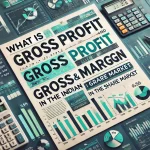In the world of financial markets, futures contracts play a significant role. One of the most fundamental principles governing futures is the idea that futures prices converge upon spot prices as the contract nears expiration. This convergence is crucial for traders and investors to understand, as it ensures that futures pricing remains aligned with the actual value of the underlying asset.
In this comprehensive guide, we will explore the concept of futures price convergence, how it works in the Indian share market, and why it matters for investors. We’ll also examine historical data and use real-world examples to provide a clearer understanding of the dynamics at play.
What is Futures Price Convergence?
Futures price convergence refers to the phenomenon where the price of a futures contract approaches the spot price of the underlying asset as the contract nears its expiration date. This process ensures that there is no arbitrage opportunity for traders and that the futures market is correctly pricing the underlying asset.
Key Definitions:
- Futures Price: The price at which a futures contract is traded, determined by the market’s expectations of where the spot price will be at the contract’s expiration.
- Spot Price: The current market price of the underlying asset being traded.
- Expiration Date: The date on which the futures contract is set to expire, and the final settlement occurs.
As the expiration date approaches, futures prices must converge to the spot price to avoid discrepancies between the two, ensuring that futures accurately reflect the value of the underlying asset.
Mechanism of Convergence
The process of convergence begins as the futures contract approaches expiration. Several forces drive this phenomenon:
- Arbitrage Opportunities: If futures prices deviate significantly from the spot price, traders can exploit arbitrage by buying the cheaper asset and selling the more expensive one. This action pushes prices towards convergence.
- Cost-of-Carry Model: The cost-of-carry model explains the relationship between futures prices and spot prices. It accounts for the costs of holding an asset (such as storage and interest rates) until the contract expires. As these costs diminish near expiration, the futures price moves closer to the spot price.
- Market Expectations: As the expiration date draws near, market participants adjust their expectations, aligning the futures price with the actual value of the asset in the spot market.
Historical Data on Futures Price Convergence in India
In the Indian share market, the convergence of futures and spot prices has been observed in several key indices and individual stocks over time. The Nifty 50 index, for instance, offers a clear example of how this principle works in practice.
| Year | Nifty 50 Spot Price (₹) | Nifty 50 Futures Price (₹) | Expiration Date | Convergence |
|---|---|---|---|---|
| March 2020 | 11,200 | 11,230 | 26-Mar-2020 | 11,200 |
| June 2020 | 9,300 | 9,340 | 25-Jun-2020 | 9,300 |
| March 2021 | 15,000 | 15,030 | 25-Mar-2021 | 15,000 |
| June 2021 | 15,500 | 15,525 | 24-Jun-2021 | 15,500 |
In the above table, we observe that as the expiration date approaches, the futures price converges to the spot price, confirming the principle of futures convergence.
Factors Influencing Futures Price Convergence
While futures prices generally converge to spot prices, several factors can influence the speed and accuracy of this convergence:
- Interest Rates: Higher interest rates increase the cost of carrying an asset, which can cause the futures price to deviate from the spot price. As expiration approaches, this difference decreases.
- Dividends: For stocks, the payment of dividends affects futures prices, as the value of holding a stock changes once dividends are paid. Futures contracts adjust for anticipated dividends as expiration nears.
- Market Sentiment and Volatility: In volatile markets, the convergence process may be faster or slower, depending on how traders react to sudden changes in price.
- Supply and Demand Dynamics: Imbalances between supply and demand in the spot and futures markets can temporarily cause divergence. However, these discrepancies are corrected as the expiration date approaches.
Why Does Futures Price Convergence Matter?
For traders and investors in the Indian share market, understanding futures price convergence is crucial for several reasons:
- Accurate Pricing: Futures prices provide insight into market expectations, but they must ultimately reflect the true value of the underlying asset. Convergence ensures this alignment.
- Arbitrage Opportunities: Traders can capitalize on arbitrage opportunities when futures prices deviate from spot prices. However, these opportunities disappear as convergence occurs near expiration.
- Hedging Strategies: For investors using futures contracts to hedge their positions, the convergence of futures and spot prices ensures that their hedge is effective at mitigating risk.
- Market Integrity: Convergence helps maintain market integrity by ensuring that futures contracts settle at the correct price, preventing manipulation or artificial price inflation.
Real-World Example: Convergence in the Indian Commodity Market
The principles of futures price convergence are not limited to stock indices and equities. They are also widely applicable in the commodity markets. In the case of commodities like gold, oil, and agricultural products, futures prices consistently converge with spot prices as expiration nears.
Let’s take the example of gold futures in India:
| Date | Gold Spot Price (₹/10g) | Gold Futures Price (₹/10g) | Expiration Date | Convergence |
|---|---|---|---|---|
| April 2020 | 45,000 | 45,100 | 29-Apr-2020 | 45,000 |
| July 2020 | 49,000 | 49,050 | 29-Jul-2020 | 49,000 |
| October 2020 | 51,500 | 51,600 | 30-Oct-2020 | 51,500 |
In this table, we observe that the gold futures prices closely converge with spot prices as the contract approaches expiration, following the same principles that apply to stock futures.
The Role of Arbitrage in Convergence
Arbitrage plays a pivotal role in ensuring that futures prices converge with spot prices. When futures prices deviate too much from spot prices, arbitrageurs step in to exploit the difference.
Here’s how it works:
- If the futures price is higher than the spot price, an arbitrageur can sell the futures contract and buy the underlying asset in the spot market, profiting from the price difference.
- Conversely, if the futures price is lower than the spot price, the arbitrageur can buy the futures contract and sell the underlying asset.
This arbitrage activity forces the futures price to move towards the spot price, ensuring convergence.
Common Pitfalls and Misunderstandings
Despite its importance, the concept of futures price convergence is sometimes misunderstood. Here are some common pitfalls to avoid:
- Assuming Immediate Convergence: Futures prices do not instantly converge upon the spot price. The process occurs gradually as expiration nears.
- Ignoring Market Dynamics: External factors such as dividends, interest rates, and market volatility can influence the speed and nature of convergence.
- Mistaking Arbitrage for Manipulation: Arbitrage is a natural part of the market process and is crucial for maintaining accurate pricing. It should not be mistaken for market manipulation.
Conclusion
The convergence of futures prices to spot prices is a fundamental principle of the futures market, ensuring that futures contracts accurately reflect the value of the underlying asset as expiration approaches. Understanding this concept is crucial for traders and investors in the Indian share market, as it affects everything from pricing strategies to arbitrage opportunities and hedging techniques.
By paying attention to the forces driving convergence, including interest rates, dividends, and market sentiment, traders can make more informed decisions and better manage their risk in the futures market.

What Is Implied Volatility?
In the realm of Indian share market derivatives, implied volatility (IV) plays a crucial role …

What is Margin Funding?
Margin funding is a powerful tool in the Indian share market that allows traders to …

Forward vs Future contract
In the Indian share market, derivatives such as forward and future contracts play a pivotal …
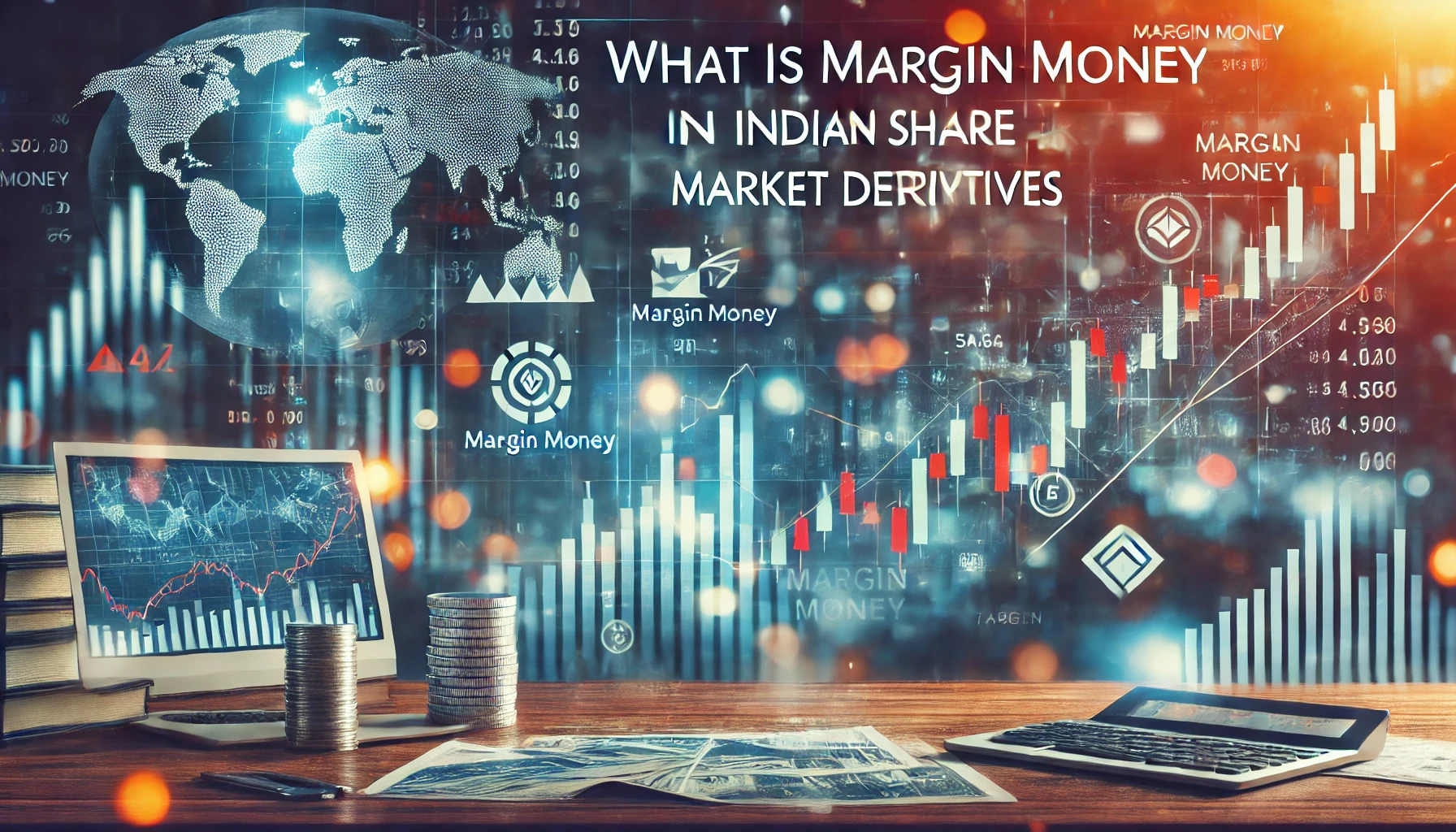
What is Margin Money?
Margin money is a crucial aspect of trading in the Indian share market, especially in …
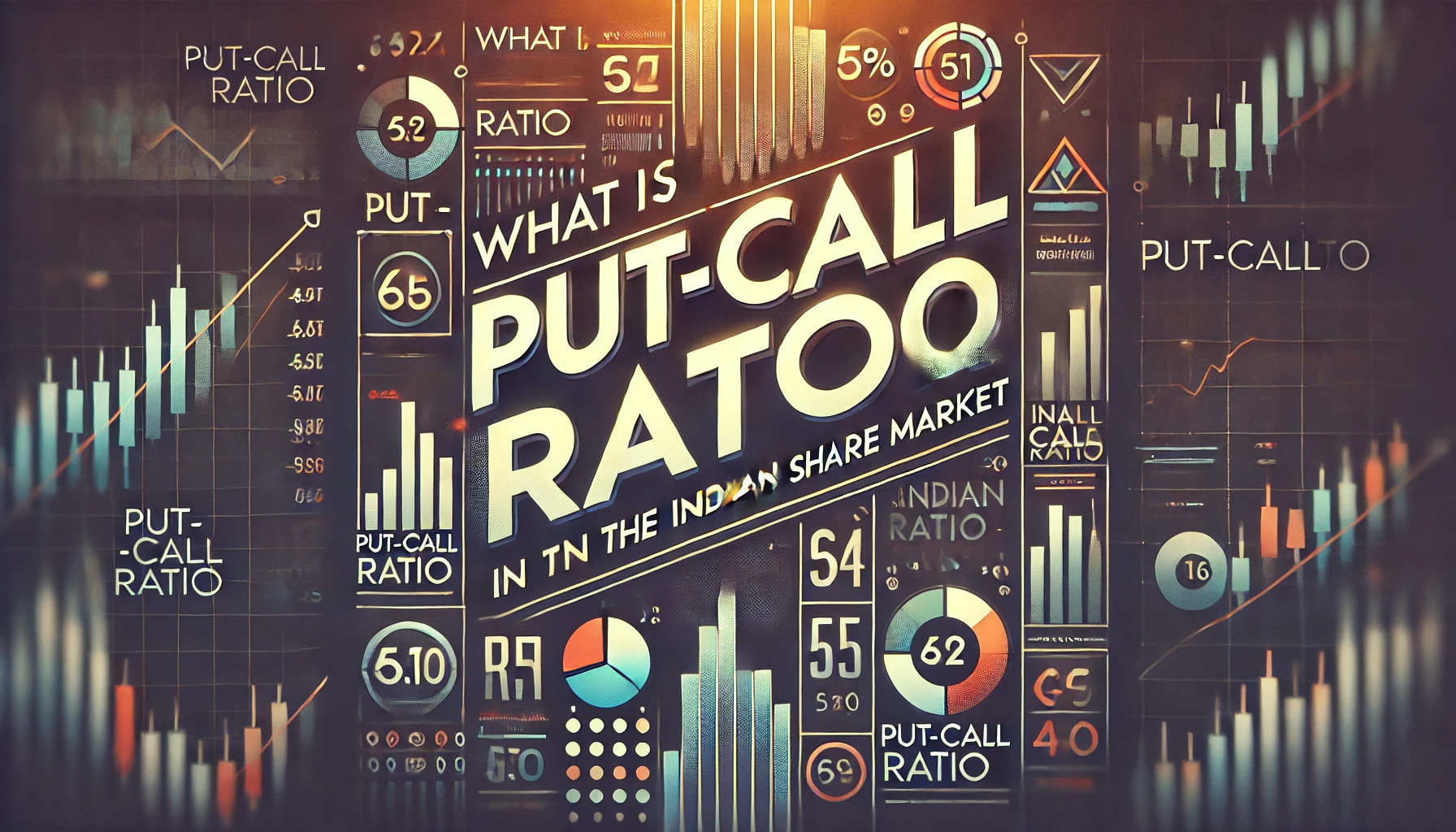
What is Put-Call Ratio?
The Put-Call Ratio (PCR) is one of the most widely used indicators in options trading …

What is Derivatives?
Derivatives are financial instruments whose value is derived from an underlying asset or benchmark. In …
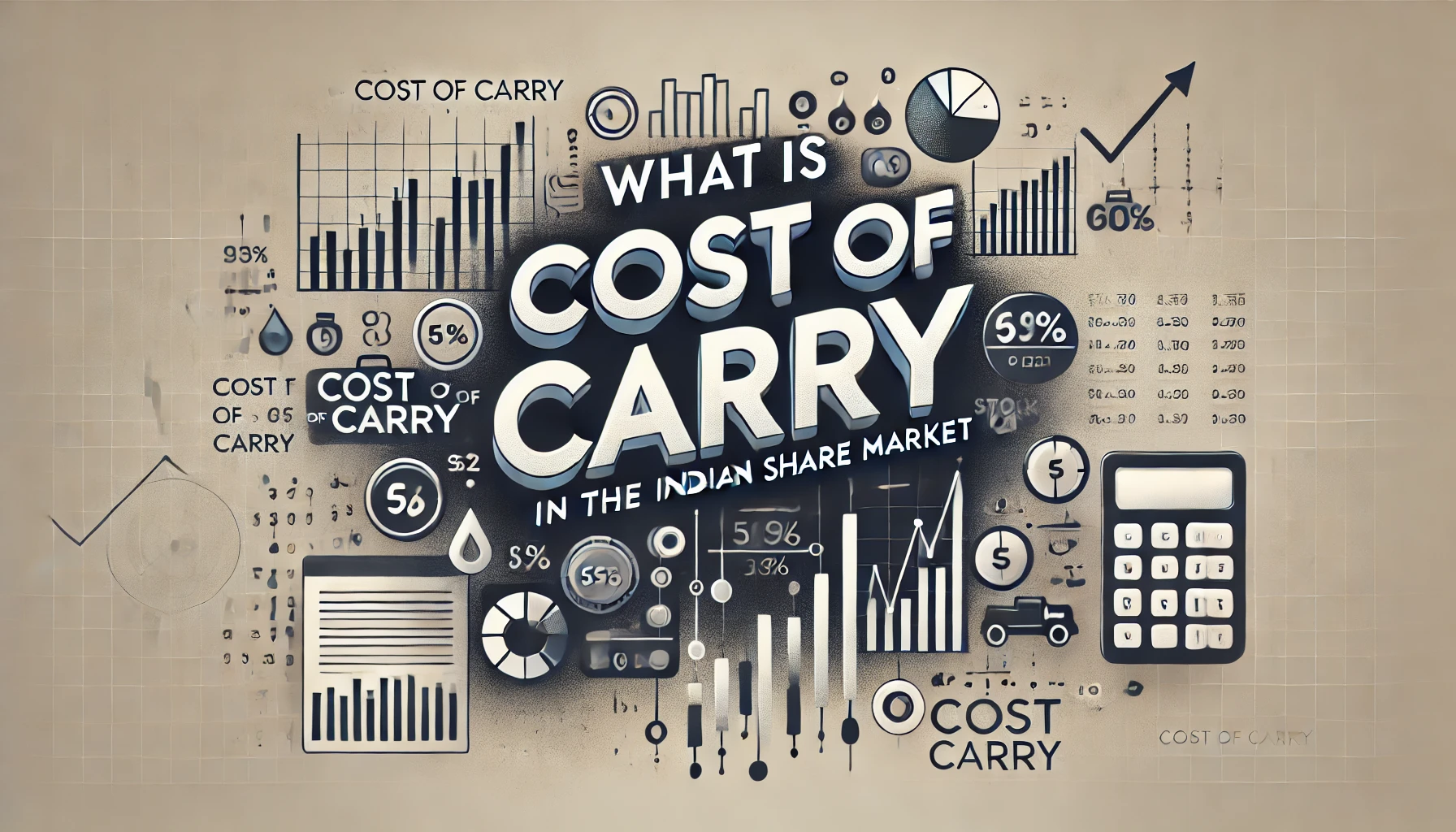
What is Cost of Carry?
The cost of carry is an essential concept in futures trading that reflects the cost …

What is futures
Futures are a fundamental part of derivatives trading in the Indian stock market. They allow …

Bullish Option Strategies
In the ever-evolving world of derivatives trading, options have become a powerful tool for investors …

Understanding Physical Settlement in Futures & Options Contracts: A Comprehensive Guide
In the world of derivatives trading, the concept of physical settlement has gained prominence, particularly …
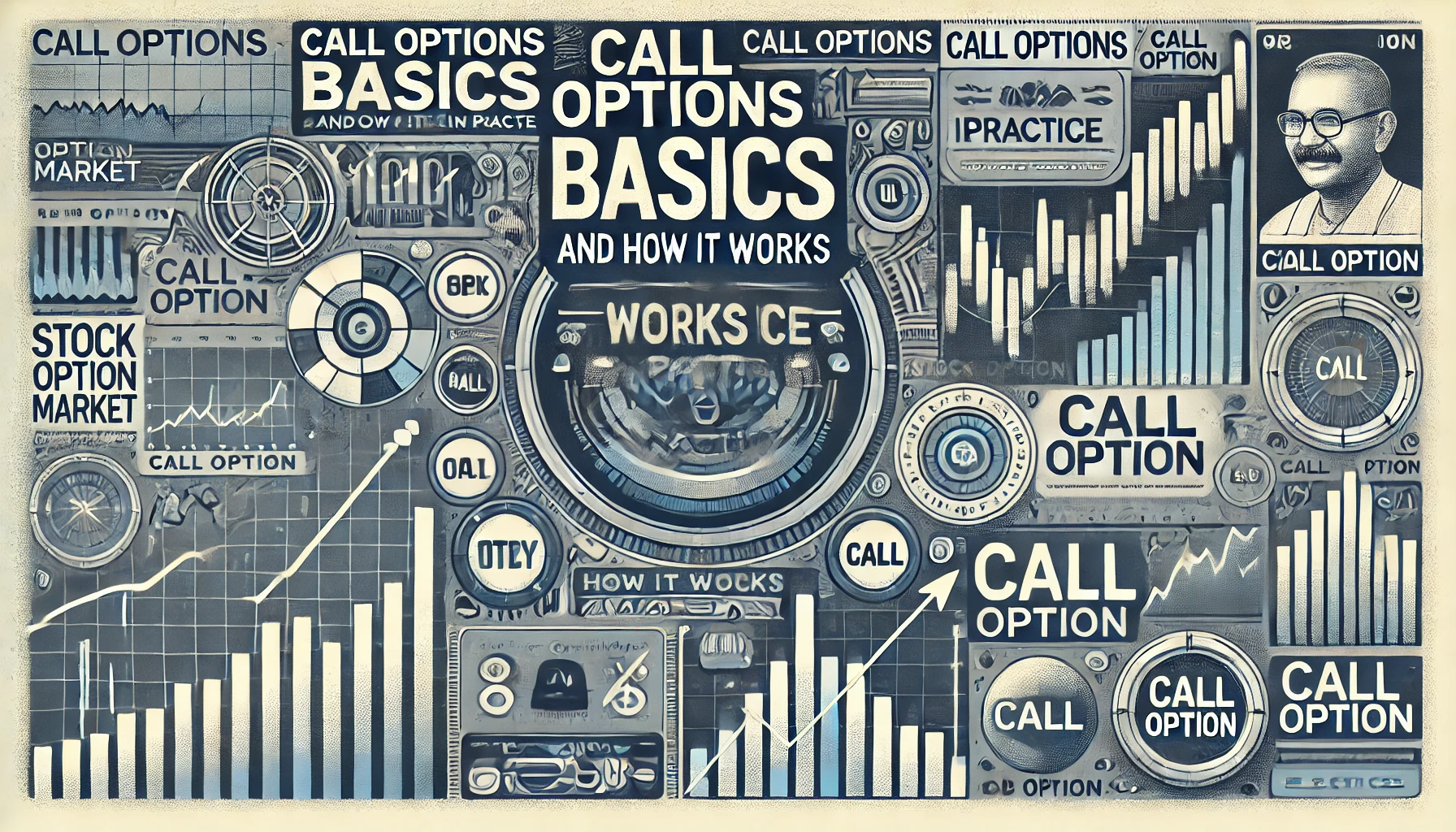
what are call options
The Indian share market has expanded significantly over the years, attracting a growing number of …

What Is Credit Spread Strategy
In the world of options trading, the credit spread strategy is one of the most …

What Is a Forward Contract
A forward contract is a customized financial agreement between two parties to buy or sell …

Types of Derivatives in India
The Indian derivatives market has grown exponentially, becoming a vital tool for investors and traders …
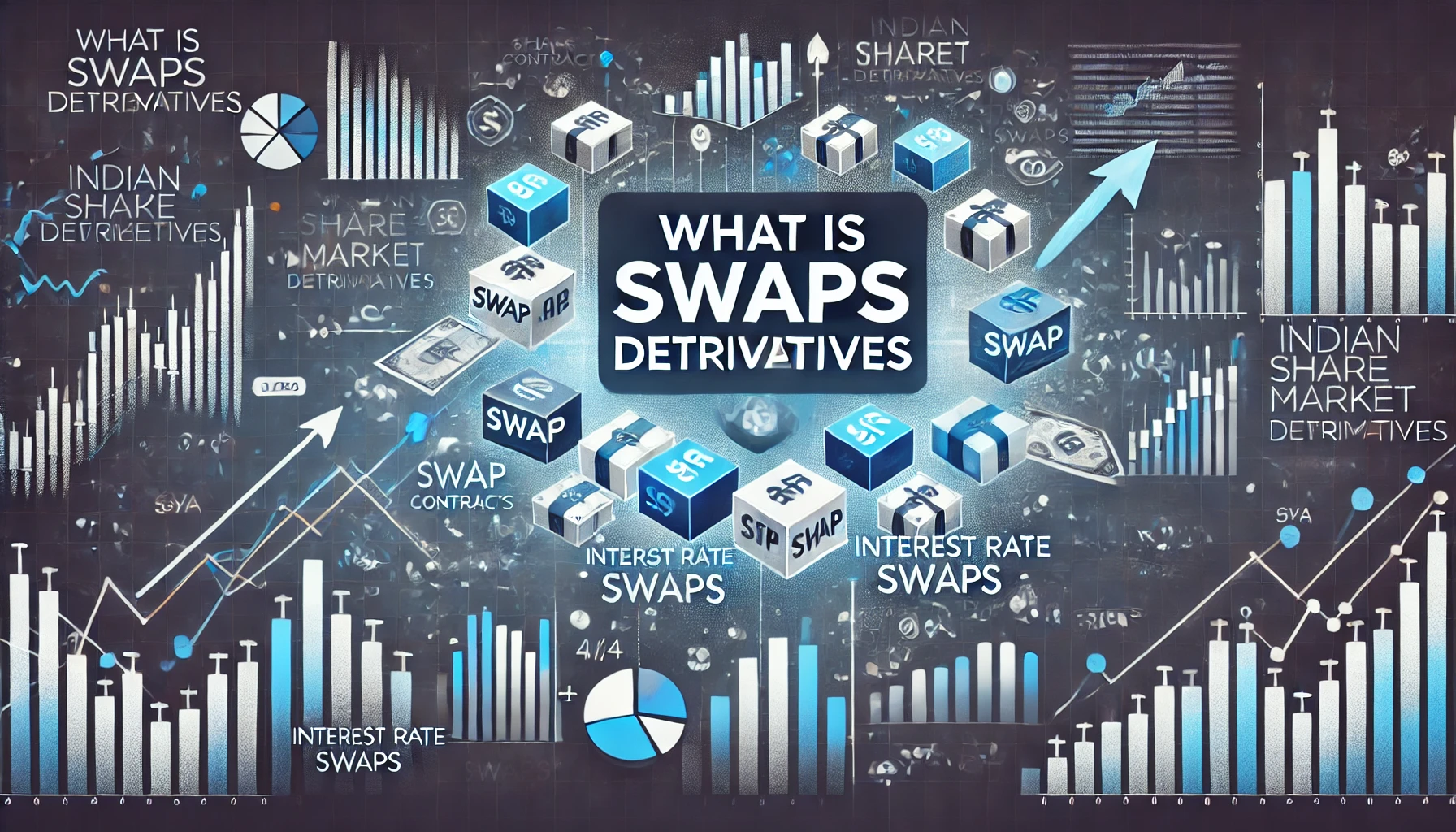
What is Swaps Derivatives
In the world of derivatives, swaps are a special class of contracts that allow two …

Intrinsic Value and Time Value of Options
Options trading is one of the most widely used financial instruments in the Indian share …

What is Open Interest?
In the world of derivatives, the concept of “Open Interest” plays a crucial role in …
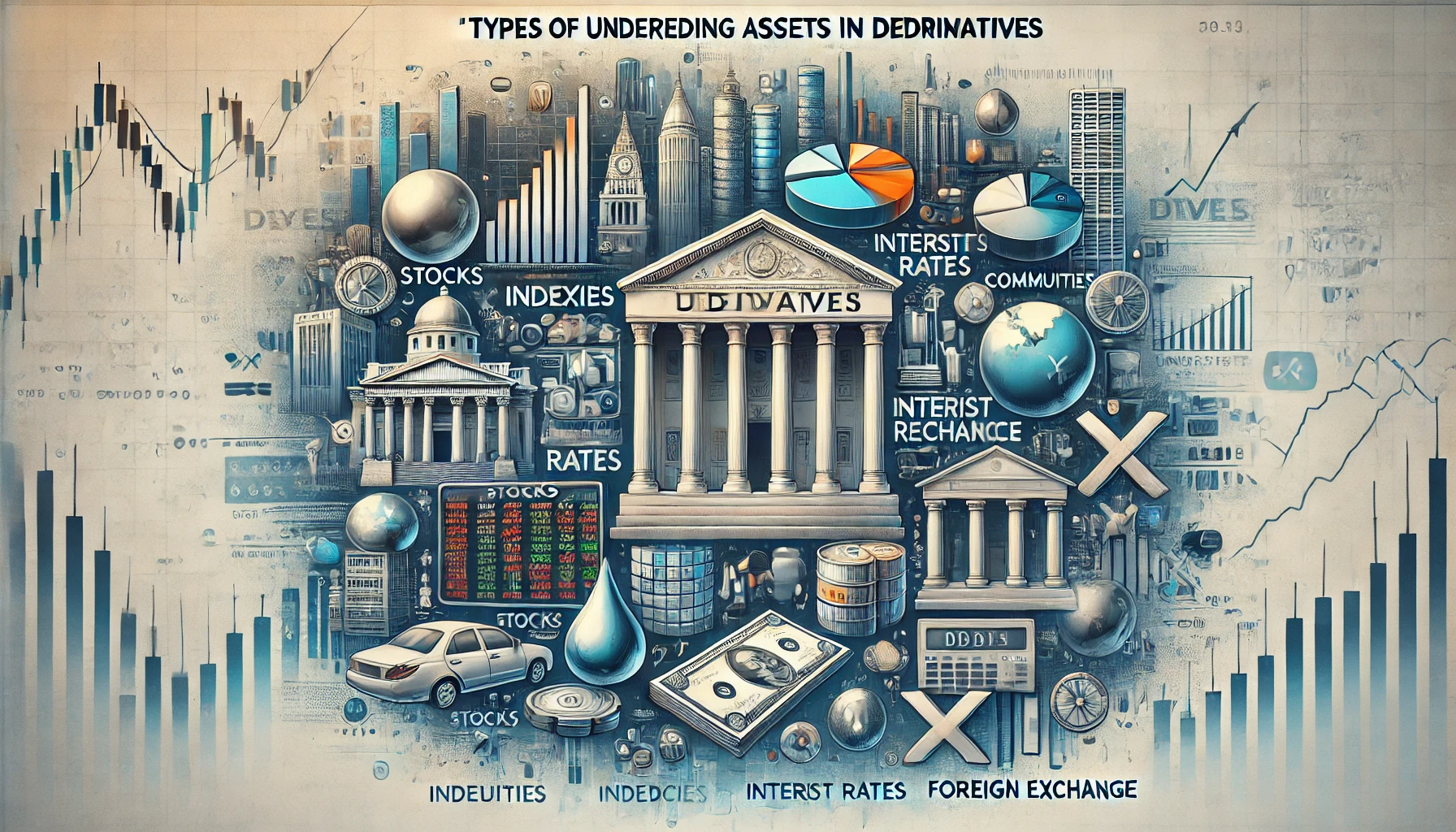
Types of underlying assets in derivatives
The Indian derivatives market has grown exponentially over the last few decades, thanks to its …

derivatives on Option Volatility & Pricing Strategies
The Indian share market derivatives segment is a dynamic environment where advanced traders rely heavily …

What is Futures Contract
The Indian share market offers various financial instruments that provide opportunities for investors and traders. …
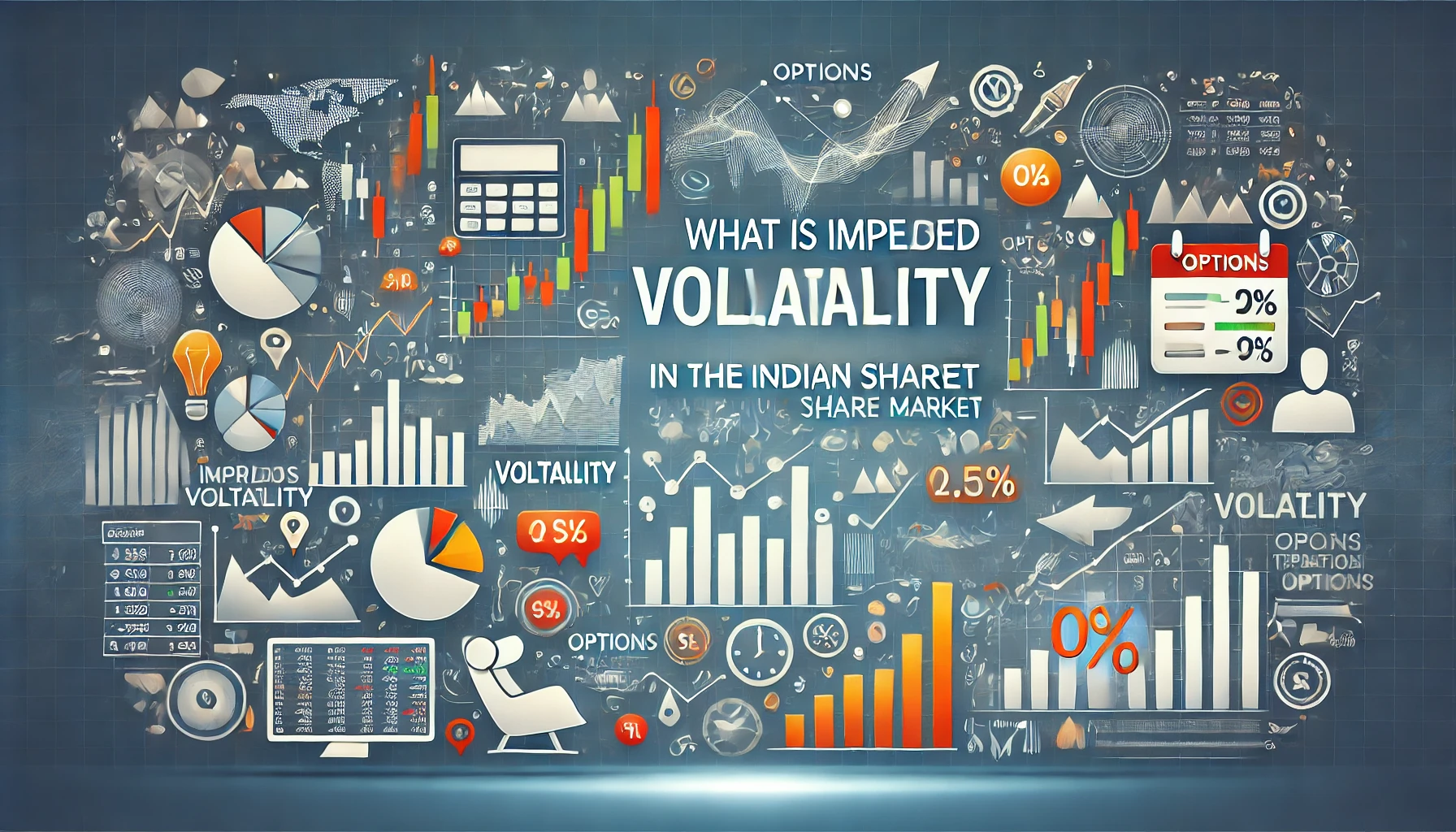
What is implied volatility in options?
In the world of options trading, one of the most crucial elements to understand is …
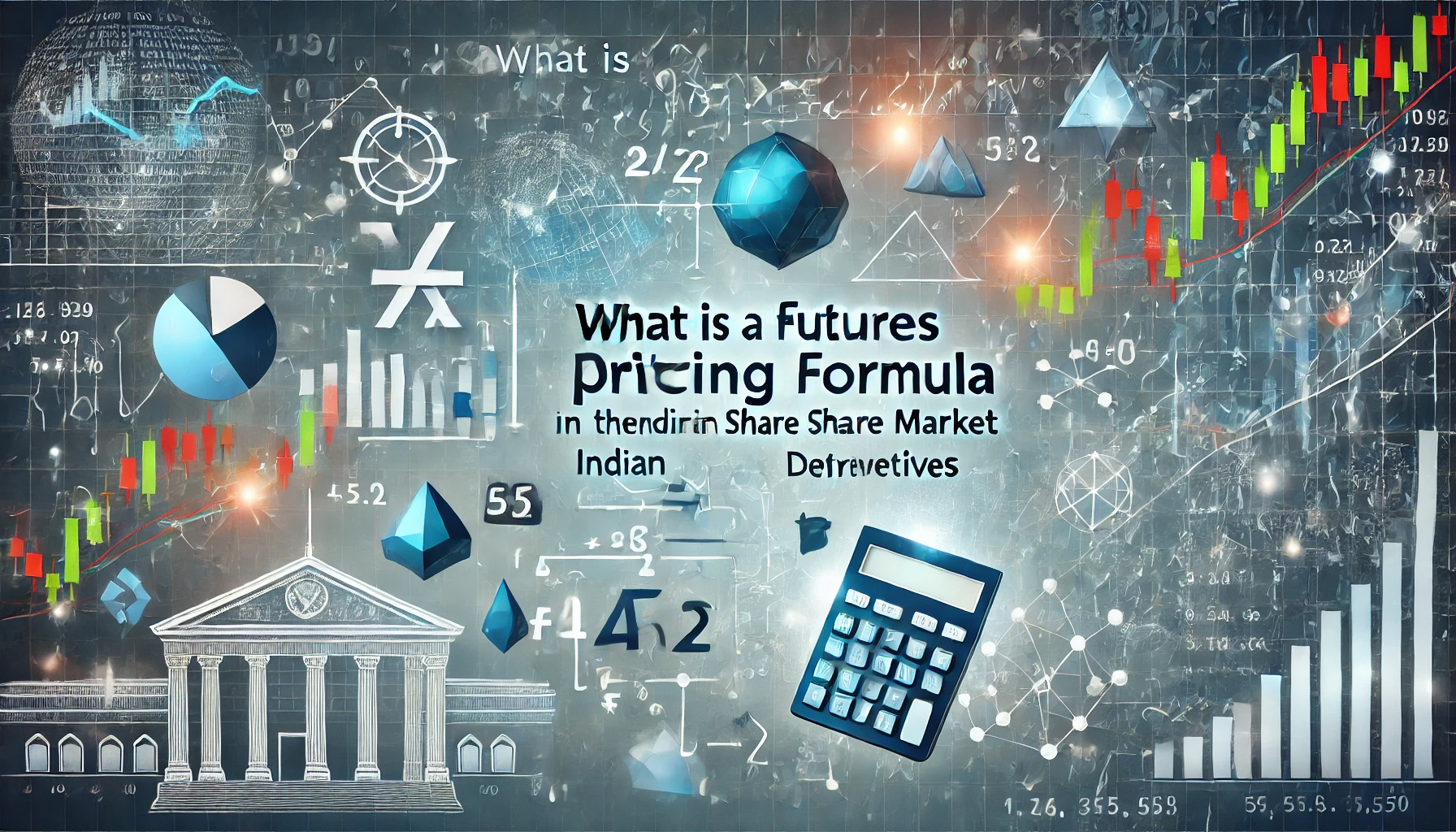
Futures Pricing Formula
The Indian share market is known for its dynamic nature and offers various opportunities for …

What is an ITM Call Option?
The world of options trading is filled with technical terms that are crucial for investors …

What is Max Pain Theory?
The Indian share market is full of strategies and theories that traders use to predict …

What is OTM Call Options
In options trading, terms like “in the money” (ITM), “at the money” (ATM), and “out …

What Is Rollover
Rollover is a common term in the world of futures and derivatives trading, especially in …

Futures Prices Converge Upon Spot Prices
In the world of financial markets, futures contracts play a significant role. One of the …
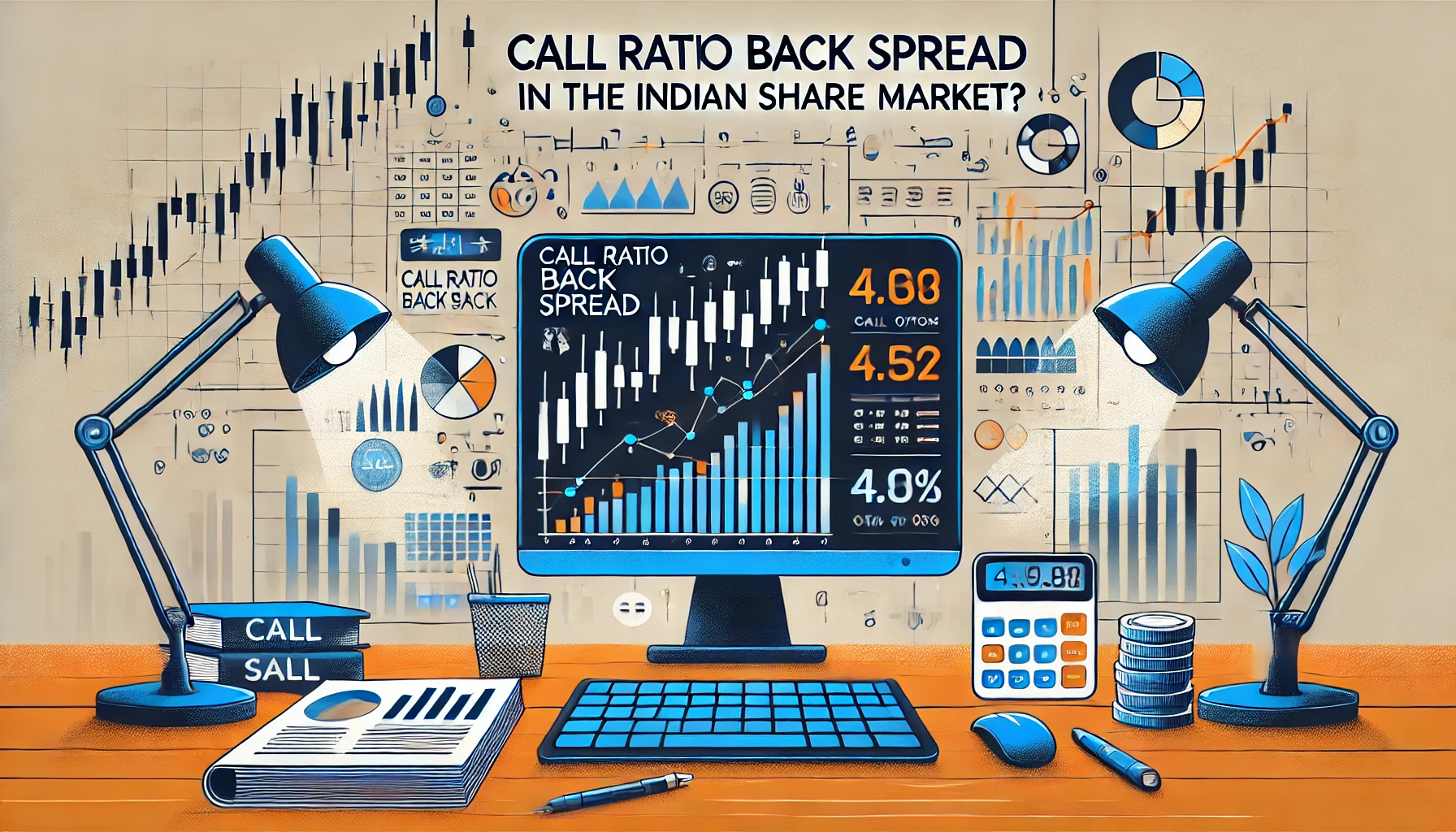
Call Ratio Back Spread
In the Indian share market, advanced trading strategies such as the Call Ratio Back Spread …
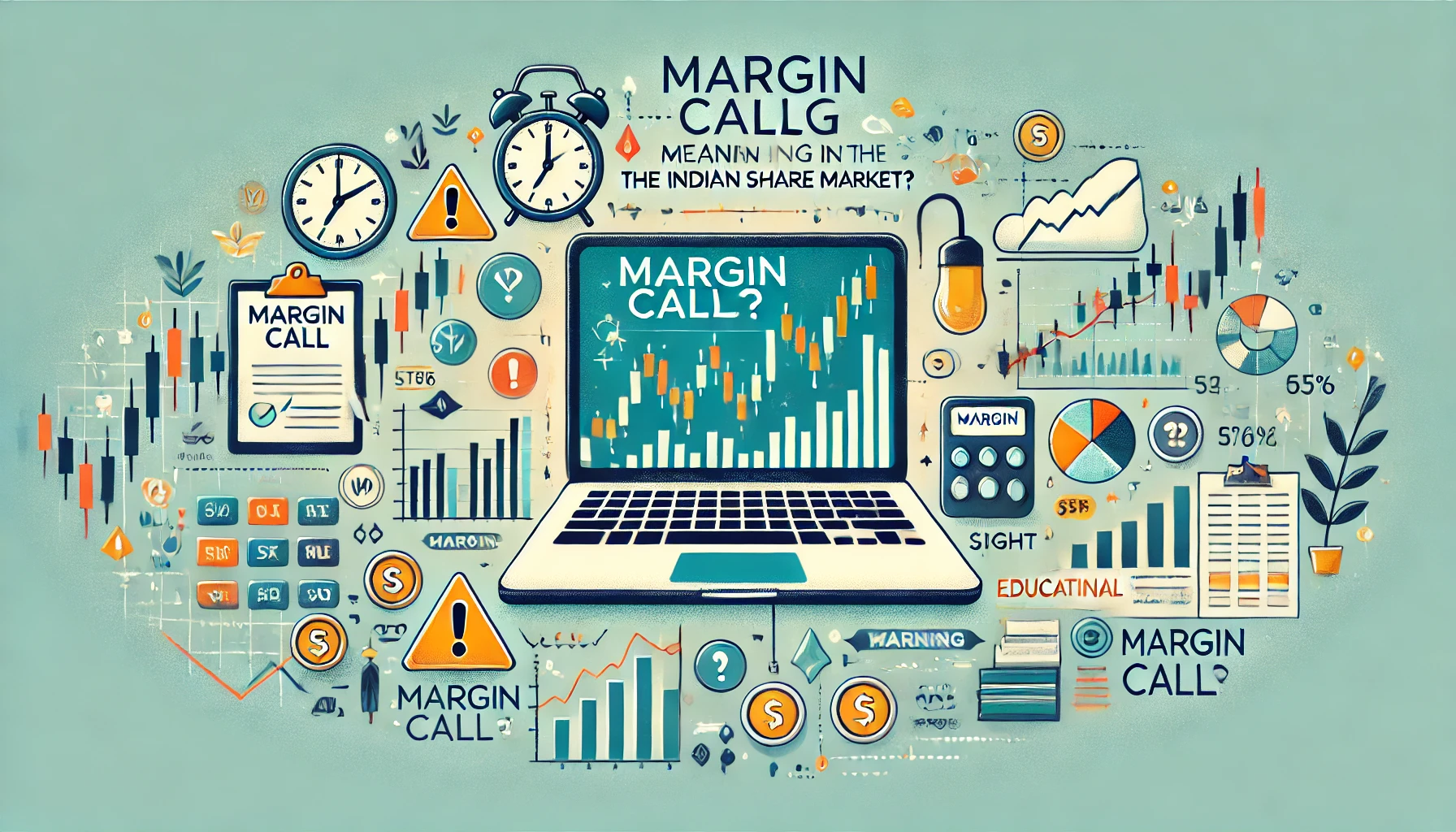
Margin Call Meaning
A margin call is one of the most critical warnings in trading, often marking a …
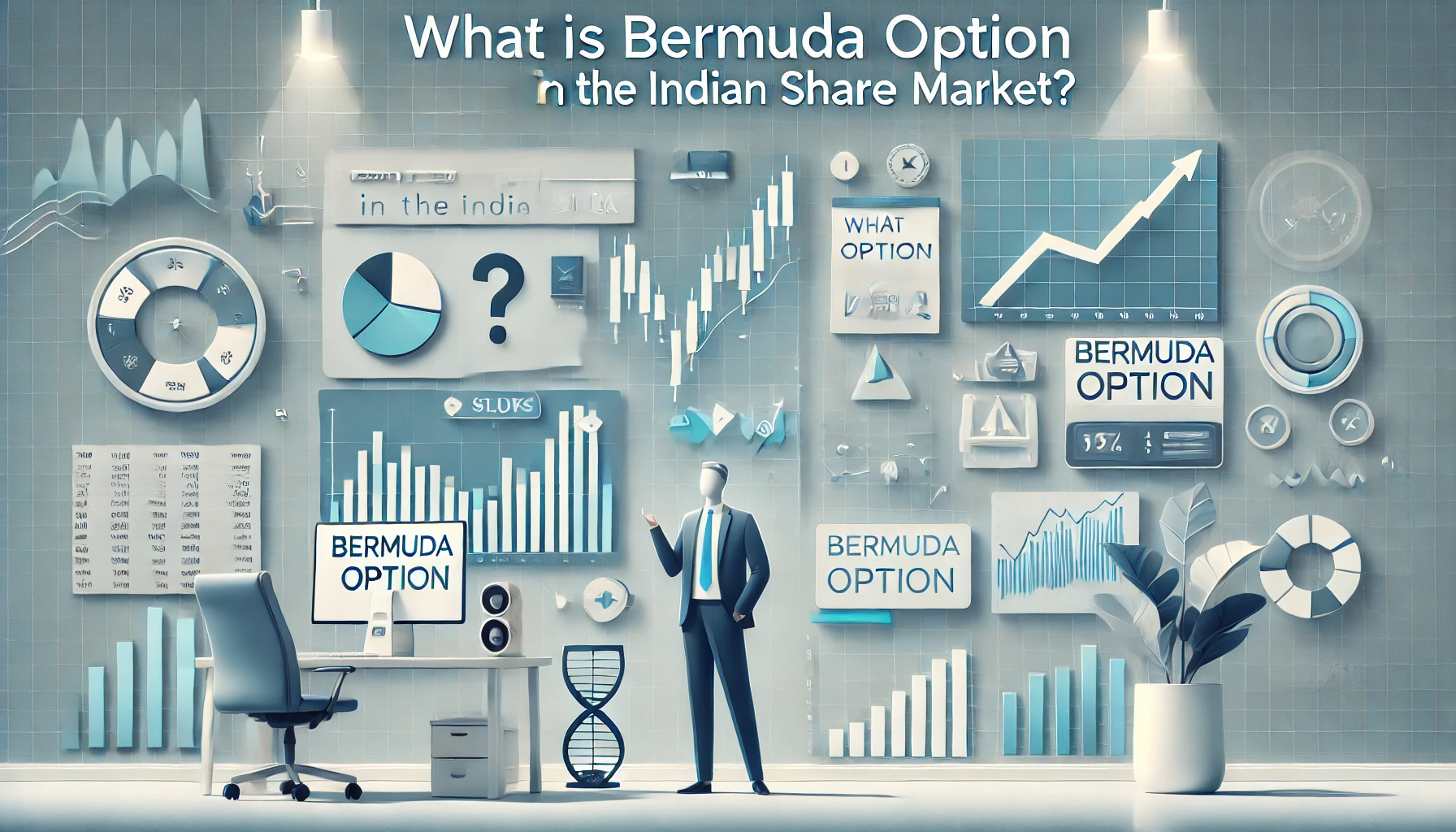
What is Bermuda Option?
The financial markets are full of complex instruments, and one such tool is the Bermuda …

















